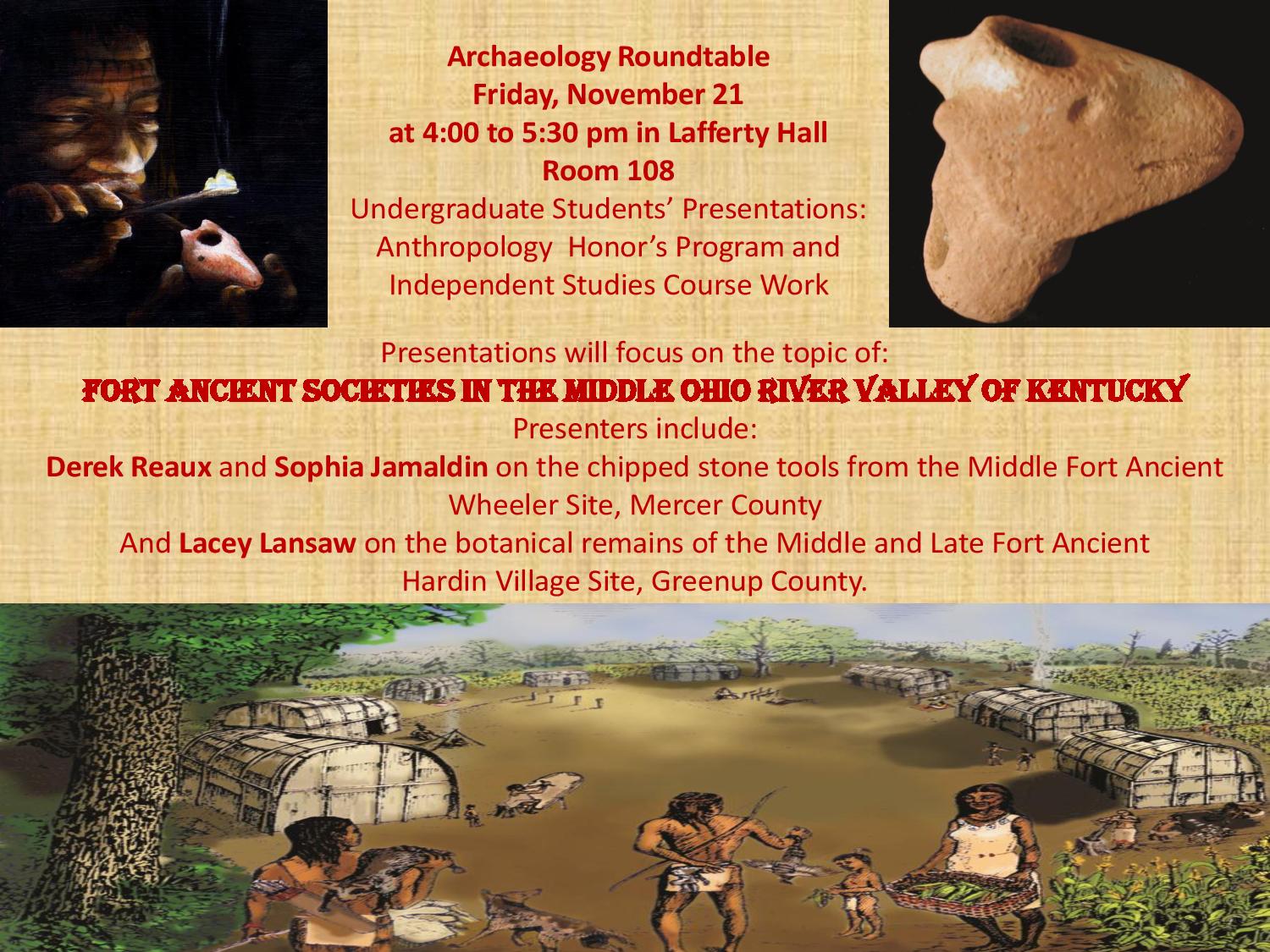In this first part of the talk, we will discuss two techniques that we term as “Inversion” techniques : a technique that extracts information regarding the Hamiltonian/physics of the sample from the STM data with minimal assumptions (e.g. existence of well-defined quasiparticles). Both techniques are based on quasiparticle interference. The first technique can be used to locate the scattering impurities by analyzing the oscillations in energy of STM spectra due to nearby scatterers. In the case of a superconductor, the method can potentially distinguish the nature of the scattering by a particular impurity. The second technique gives a method to extract the lifetime of a quasiparticle by using the STM data around an impurity.
In the second part of the talk, we deal with a specific part of STM phenomenology of the high temperature superconductor, $Bi_2 Sr_2 Ca_1 Cu_2 O_{8+x}$. It concerns the high-energy features outside the gap seen in the STM experiments on BSCCO. Jinho Lee et al (Nature 442, 546 (2006)) showed that these features were a result of a bosonic mode’s coupling to the
electrons in the CuO2 layer. Using a simplified model of d-wave BCS quasiparticles weakly coupled to Einstein oscillators, we give an answer to : a) how to extract the frequency of the bosonic mode, and b) how to extract an estimate of the electron-boson coupling strength. We confirm a posteriori the validity of our weak coupling assumption.


